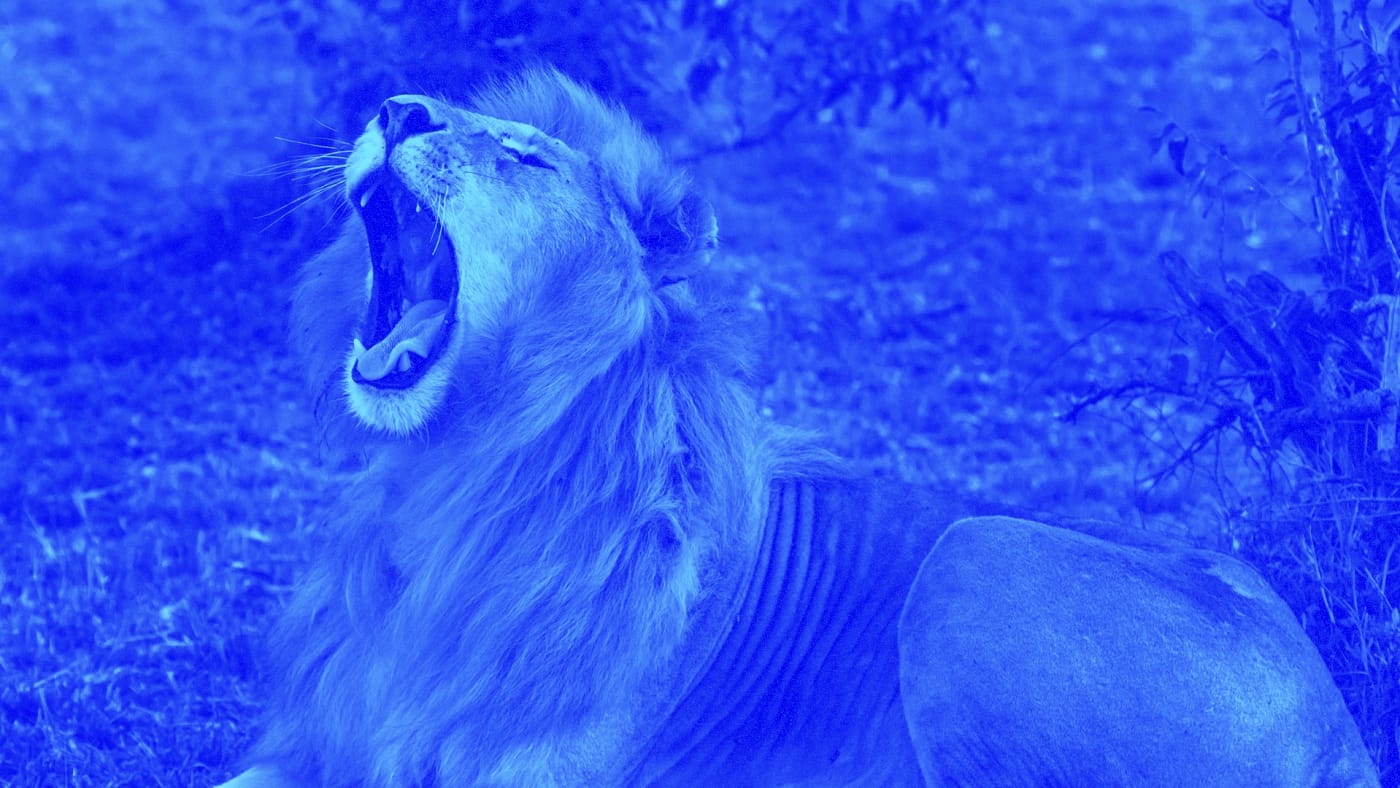You can’t avoid your afternoon slump—here’s how to get through it
It happens to most of us. Somewhere between 1 p.m. and 3 p.m. each day–at least on days when you’re not active–all your energy and drive disappears. At first, it hits you like a mini wave. You start to yawn a little bit, and your brain goes elsewhere, then all of a sudden your eyes become heavy and you have to use every ounce of willpower to keep them open.
What are you to do? After all, you need to wake up ASAP. The easiest thing to do would be to get a coffee, the closest sugar-laden baked goodie you can find, or an energy drink. After all, it’s quick fuel, right? Sure, you’ll probably get a little bump–but soon, you’ll find your sleepiness coming back and you’ll feel sick from the sugar.
When you do this, you’re trying to fight your biology. As inconvenient as it might be, there isn’t much you can do to prevent the afternoon slump from happening. There are, however, steps you can take to maximize your productivity during that time.
Our brains on midday drowsiness
When we fall asleep at night, our brain enters into unconsciousness by producing melatonin. Think of it like the key that starts the engine for sleep.
The body produces melatonin when our core body temperature reaches a high point, and then drops. That drop is a signal to the pineal gland to produce melatonin. Between 1 p.m. to 3 p.m., most people experience a small decrease in core body temperature. This is your body’s way of telling you that you need a nap. If you’re lucky enough to have this option at work, take it! If not, you can mitigate its effect by doing the following.
Understand your chronotype
I’ve previously talked about how people are genetically predisposed to a particular “chronotype.” Based on the research, everyone’s sleep habits can be broken up into the following chronotypes: lions, bears, dolphins, or wolves (you can find more information on what each type entails here.) When you know what your chronotype is, you can usually predict when your mid-afternoon fatigue will hit. For example, lions tend to drowse off around 1 p.m., but wolves start to fade around 3 p.m.
Eat a high protein lunch
Pasta or pizza isn’t the main culprit for your post-lunch fatigue, but swapping your carb-laden feast with protein and vegetables can improve your attention span. Carbs increase serotonin, which has a calming effect. This might be great when you’re looking to unwind at the end of the day, but not so great for doing work that requires a high level of concentration.
Get some sunshine and move
Rather than hunting for the strongest caffeinated beverage, opt for getting 10 minutes of sunshine for about 15 minutes before your midday meltdown occurs. Sunlight stops the production of melatonin, which can prevent sleepiness from taking over. If you can, go for a brisk walk. You’d be surprised at what a little bit of movement can do.
If all else, fails, drink coffee, then take a nap
Finally, on days where this three-step system doesn’t work (and you need to get back on track quickly), you can reach for the caffeine. But here’s the catch–you have to drink it quickly and take a 25-minute nap immediately. I recommend 6 ounces of drip coffee with three ice cubes to cool it down. When you wake up, you will have gotten enough stage 1 and 2 sleep to reduce your level of sleepiness.
You see, there are two different processes for sleep in the brain. One is a sleep drive that’s caused by a buildup of a neurochemical called adenosine, produced whenever a cell eats a piece of glucose. When the adenosine accumulates in your brain, you get sleepier. The other is sleep rhythm that relates to your chronotype. In the middle of the day, you have some adenosine buildup. When you nap, the brain uses up the adenosine. Caffeine has a very similar molecular structure to adenosine, so if you drink it when the receptor opens up (because it used the adenosine), you have the caffeine waiting right there, and it slips in right away to block the receptor. This has the effect of making you more alert.
You’ll be good for four hours or so. One word of caution–with this method, it’s best not to use it every day. Otherwise, it’s not going to be as effective.
Make sure you get enough sleep
This might sound obvious, but your afternoon slump is going to be much worse if you didn’t get an adequate amount of sleep the night before. Again, how much sleep you need will depend on your genes, lifestyle and obligation. As I previously wrote for Fast Company, a sedentary desk worker who lives alone will have different needs from a serious athlete who gets up at the crack of dawn to run 10 miles.
Yes, the dreaded afternoon slump is inevitable for most of us–but that doesn’t mean we have to sit through it miserably. By following these steps, you’re not fighting against your biology–you’re working with it.
Michael Breus, PhD, is a board-certified sleep specialist and founder of TheSleepDoctor.com, as well as the author of The Power of When.
(11)



